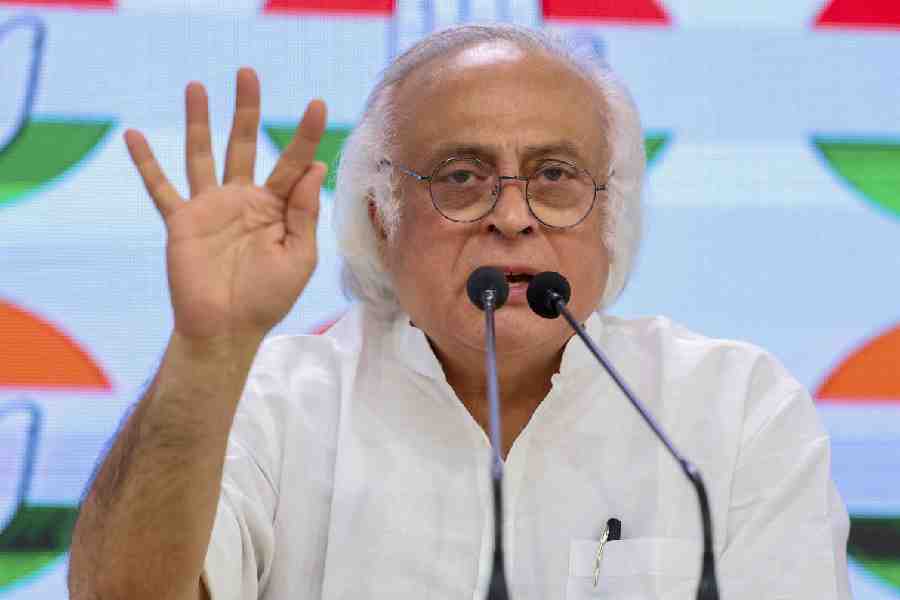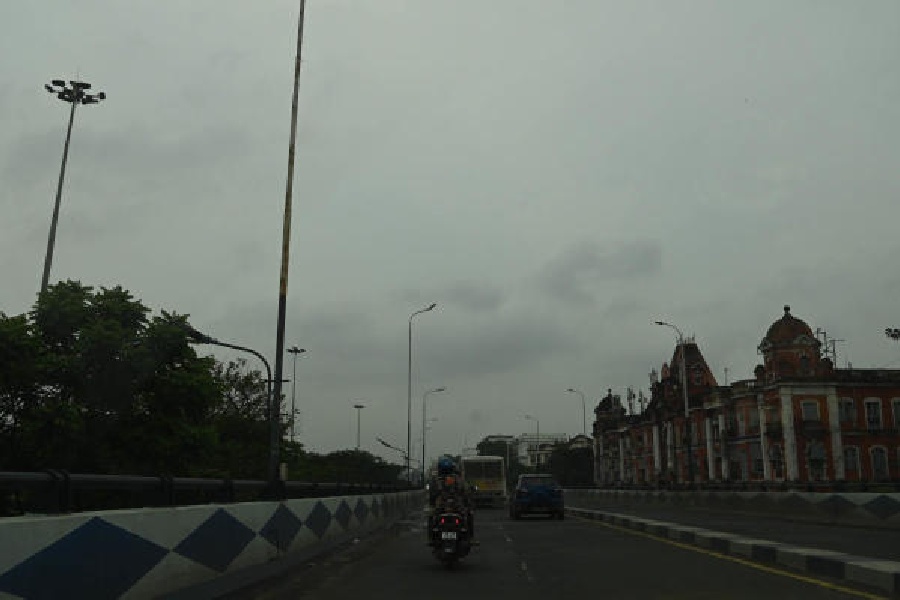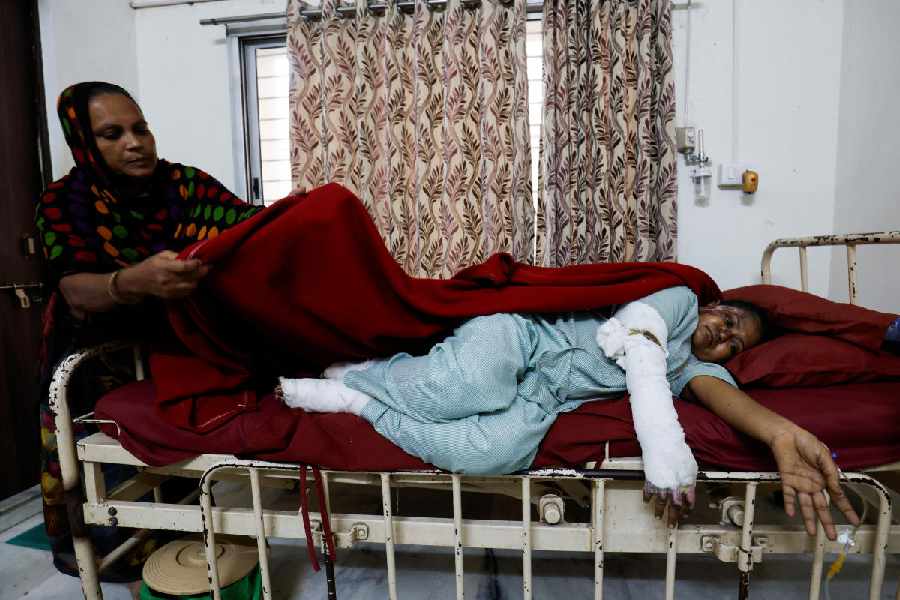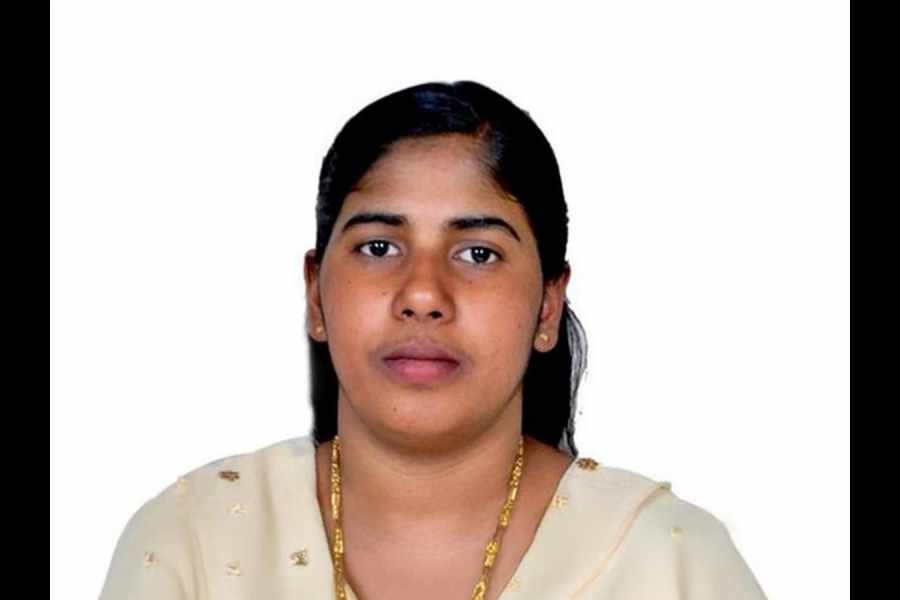 |
New Delhi, May 18: Successive attacks by Naxalites have instilled a sense of urgency in an assessment of the rebel threat being carried out by top army commanders in an annual conference being held here now.
Army officers note that if the April 6 Mukram killing was about the toll – 76 policemen being killed in an outback field – Monday’s explosion in Dantewada was about the technique.
The latest attack has killed non-combatants, mounting more pressure on the state to be seen as a protector of civilian life and property.
Those who visited the spot this morning reported that the bomb exploded through a black-topped road and flung the bus with its passengers nearly 20 feet away – raising suspicions that Naxalites had embedded devices under metalled roads even as they were being laid.
Part of the urgency in the strategy rethink at the Centre that Chhattisgarh’s BJP minister Raman Singh has called for also stems from Union home minister P. Chidambaram’s demand for a “wider mandate” in the counter-Naxalite offensive.
The home minister has said that chief ministers of affected states have asked for an increased use of air power but he has drawn a distinction in the use of helicopters to carry personnel and the authorisation of aerial strikes.
Defence minister A.K. Antony, currently visiting Oman, has said that the army can be used only as aid to civil authority and can be - and that too - as an instrument of last resort. But he also said that only the home ministry had been mandated to lay down the Centre’s line on the Naxalites.
As the import of Monday’s attack on a busload of special police officers and civilians in Dantewada sinks in, there is also a growing recognition that not only can the offensive become more manpower-intensive – to sanitise roads – but also that it would require close air support.
Among the ideas being bounced off is one that suggests appointment of military advisers in the states where the operations are on.
Army commanders’ conferences have discussed the growth of the Naxalite insurgency at least twice in the past.
The current discussions in conference, though scheduled before the latest attacks in Chhattisgarh, are expected to contribute to the strategy rethink.
The deputy chief of army staff (information systems and training), Lt Gen. B.S. Tonk, was understood to have given a presentation on the army’s involvement in training police forces engaged in the counter-Naxalite operations at the five-day Army Commanders Conference that began yesterday.
Currently, at least six helicopters – four of the Indian Air Force and two of the Border Security Force – are at the disposal of the state and central paramilitary forces in Chhattisgarh, Orissa and Jharkhand.
Tomorrow, the chief of the central command, Lt Gen. Vijay Kumar Ahluwalia is scheduled to give a more comprehensive briefing to the commanders – who include, apart from the chief, Gen. V.K. Singh, and the vice-chief, Lt Gen. P. Bharadwaj, the heads of the each of the seven tactical area commands, the directors generals of military operations, military intelligence, training, coordination and perspective planning.
Lt Gen. Ahluwalia had echoed the chief, Gen. V.K. Singh, when he said in Lucknow last month that “there is no need for direct involvement of the Indian Army against the Naxalites as the central paramilitary forces and state police are doing a good job”.
But in the last two weeks alone, Naxalite attacks have taken a toll on security personnel that have made the police look more vulnerable than in the past. Yesterday’s attack has compounded the situation.
In the review given by the deputy chief, it was pointed out that the army had so far trained 46,343 central police troops engaged in counter-Naxalite operations.
Most of the rebel territory overlaps with the area of responsibility of the central command that comprises the states of Uttaranchal, Uttar Pradesh, Bihar, Jharkhand, Madhya Pradesh, Chhattisgarh and Orissa.
The army is currently in the process of setting up a brigadier-headed sub-area command in Chhattisgarh to boost training of the police. The central command alone has trained 30,500 policemen who include state forces.
Not only in the army, the air force, too, has been discussing possibilities within the service. Discussions in air headquarters and in think-tanks supported by the IAF have focused on use of modern technological platforms and more manoeuvrable high-speed helicopters, especially in areas that are difficult to access by road because they may be mined and or because security forces are reluctant to go in without close air support.
It is in this backdrop that the military is carrying out a review of resources that may be needed. But the execution of any plan will be a political call to be taken by the Cabinet Committee on Security where home minister has sought greater powers.
In the commanders’ conference, the army chief spoke of “asymmetric means adopted by non-state actors and terrorists to achieve their objectives”, an army source said.










